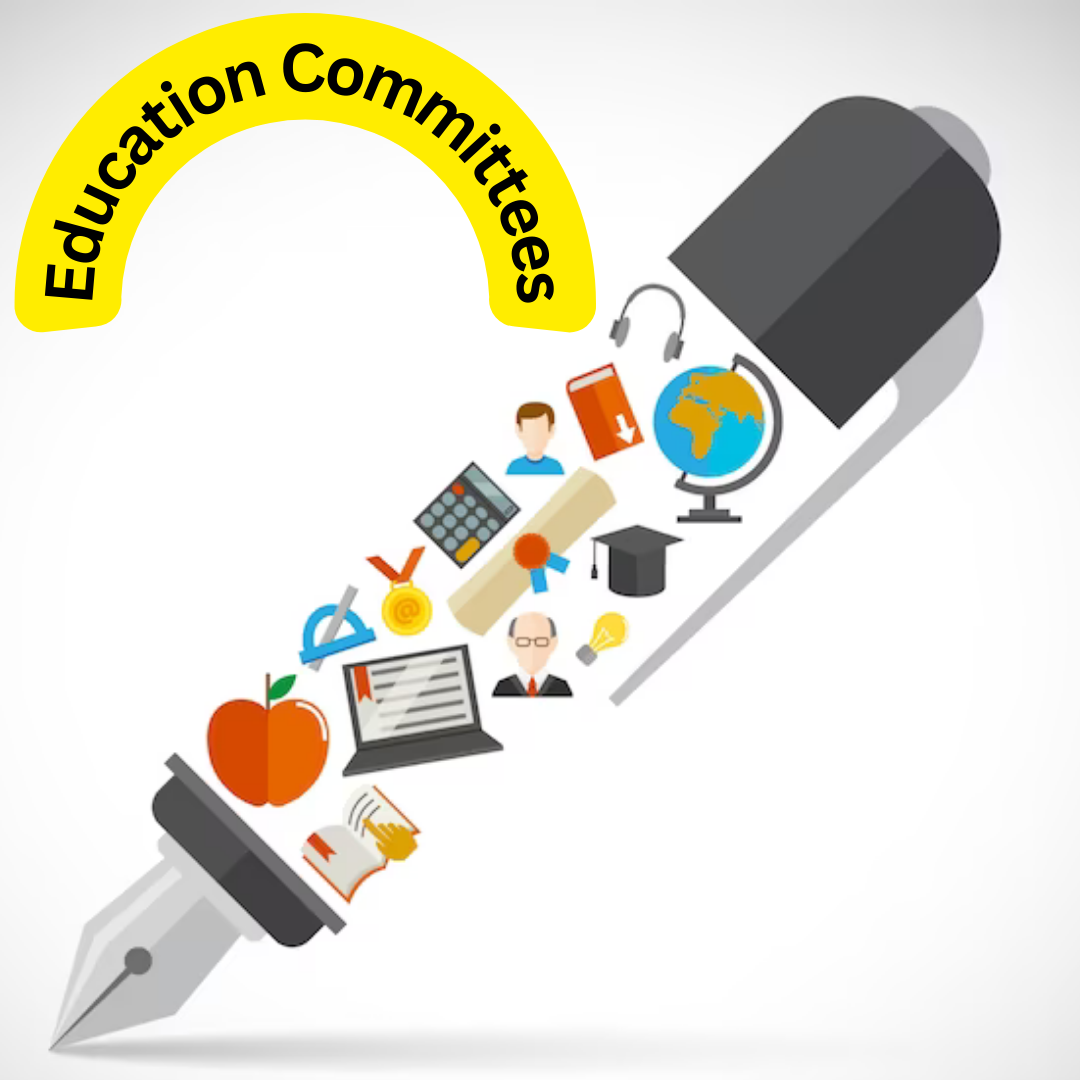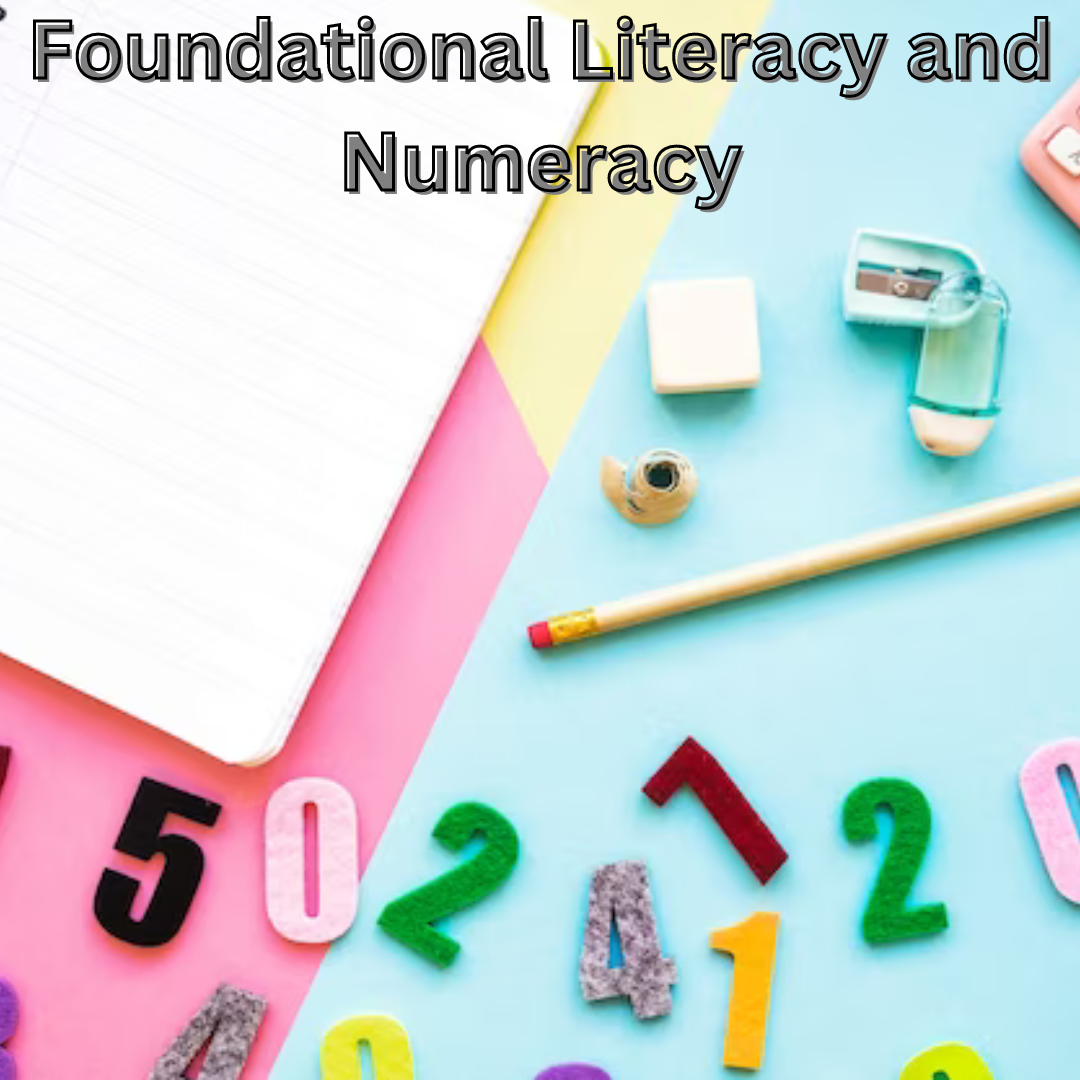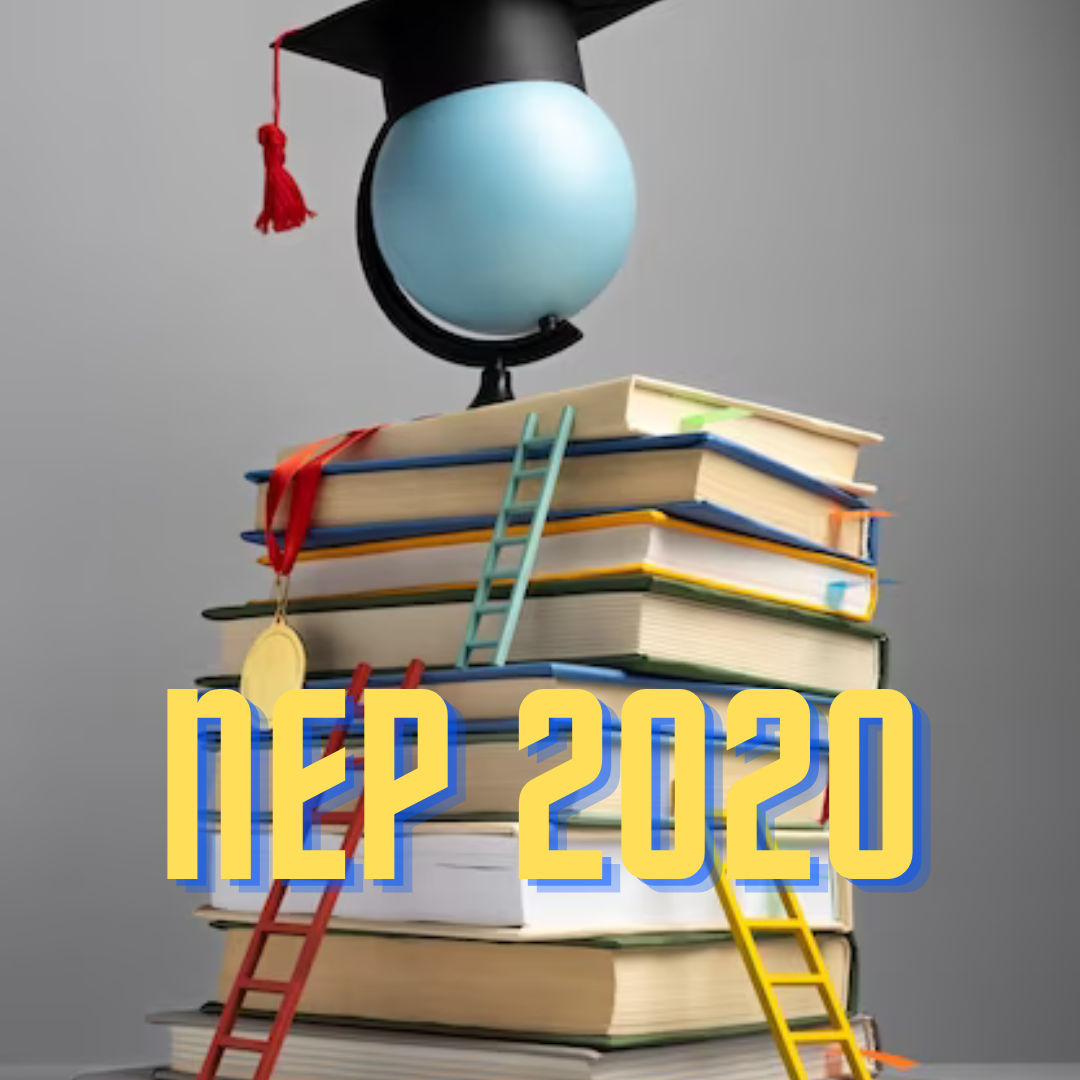Table of Contents
Introduction
The Union Cabinet has approved National Education Policy 2020 in July 2020. The National Education Policy 2020 proposes various reforms in school education as well as higher education including technical education. Ministry of Human Resource Development is renamed as the Education Ministry. Here, we will discuss number of action points/activities for implementing this new education policy in school education as well as higher education.
National Education Policy 2020 – Background
The National Policy on Education covers elementary and university education in urban as well as rural India.

National Education Policy 1968
The government in 1964 set up a 17 member Education Commission under UGC chairperson D.S. Kothari famously known as Kothari Commission (1964-1966). It proposed a common educational structure 10+2+3, which was accepted across the country and most of us have studied under same structure. This policy wanted to have a ‘fundamental restructuring’ of India’s educational system and equalising opportunities for education for all, irrespective of caste, creed and sex. Motto was to accomplish national integration and better economic and cultural development. It also advocated use of mother tongue as medium of teaching in early school years. Another major call was strengthening the research in the universities.
National Education Policy 1986
The next Education Policy was introduced in 1986 during tenure of Rajiv Gandhi, which was later updated in 1992 when PV Narsimha Rao was prime minister of India. ‘IT in Education’ was major focus in this policy. Some of the key highlights of this policy are early childhood care, adult literacy, women’s empowerment, teacher education. It also accepted autonomy of universities and colleges, something which was resisted in past. Most of our classic government schemes such as Sarva Shiksha Abhiyan (2001), Mid Day Meal Scheme(1995), National Literacy Mission (1988), Navodaya Vidyalayas (NVS schools) and use of IT in education were started under the NEP of 1986.
National Education Policy 2020
Committees
The Central government formed a committee under chairmanship of T.S.R. Subramaniam known as ‘ Committee on Evolution of the New Education Policy’ in 2015 in order to give recommendations on quality education for changing population structure, research, science & technology, skill education for industry. Committee submitted its report in 2016. Some of the main recommendations of this committee are to enhance status of pre-primary education, creation of Indian Education Services, formation of Statutory Education Commission, increasing expenditure on education up to 6% of GDP, Emphasis Vocational Education and Teacher Education.

Based on recommendations of Subramaniam committee, and feedbacks & opinions from citizens and scholars in the country, The Ministry of Human Resource Development formed a Committee under chairmanship of former ISRO chief Dr K. Kasturirangan for preparing the draft of National Education Policy in June 2017. The Committee submitted its report on May 31, 2019.
Central cabinet approved New National Education Policy on 29th July 2020, and on the same date it was broadcasted.
Aims of National Education Policy 2020
The key aim of National Education Policy 2020 is to ensure Universal Access at All Levels of schooling from pre-primary school to grade 12 by end of the year 2030 (SDG-4).
High quality, equitable and inclusive education. Special emphasis given on Socially and Economically Disadvantaged Groups.
To make Indian Education System superior in the world up to 2040.
Knowledge based sustainable India development.
Salient features of NEP 2020
Early Childhood Care and Education (ECCE): The Foundation of Learning
Over 85% of a child’s cumulative brain development occurs prior to the age of 6, indicating the critical importance of appropriate care and stimulation of the brain in the early years in order to ensure healthy brain development and growth. Keeping this in mind, this NEP emphasis on formalization of education before class 1, which is “Preparatory Class” or “Balavatika”.

Foundational Literacy and Numeracy
The highest priority of the education system will be to achieve universal foundational literacy and numeracy in primary school by 2025. The ability to read and write, and perform basic operations with numbers, is a necessary foundation and an essential requirement for all future schooling and lifelong learning. This policy set goal that every student will attain foundational literacy and numeracy by Grade 3.

PTR – Pupil-Teacher Ratio
High PTR is one of the cause of concern in India. This Education policy proposes to ensure PTR of under 30:1 at the level of each school, and with areas having large numbers of socio-economically disadvantaged students it aimed PTR of under 25:1. Under this policy teachers will be trained, encouraged, and supported with continuous professional development to teach foundational literacy and numeracy.
Restructuring School Curriculum in a New 5+3+3+4 Design
Earlier academic structure in which we studied was of 10+2 design. The curricular structure envisaged by this new policy for school education will be guided by a 5+3+3+4 design, consisting of the Foundational Stage (in two parts, that is, 3 years of Anganwadi/pre-school + 2 years in primary school in Grades 1-2; both together covering ages 3-8), Preparatory Stage (Grades 3-5, covering ages 8-11), Middle Stage (Grades 6-8, covering ages 11-14), and Secondary Stage (Grades 9-12 in two phases, i.e., 9 and 10 in the first and 11 and 12 in the second, covering ages 14-18).

Focus Essential Learning and Develop Critical Thinking
This new education policy focuses more on holistic, inquiry-based, discovery-based, discussion-based, and analysis[1]based learning. Curriculum content will be reduced in each subject to its core essentials, to make space for critical thinking. The mandated content will focus on key concepts, ideas, applications, and problem solving.

Flexibility in Course Choices
One of the key highlights of this education policy is no hard separations between arts and sciences, between curricular and extra-curricular activities, between vocational and academic streams. Students will be given increased flexibility and choice of subjects to study.

Language – Multilingual??
It is well understood that young children learn and grasp important concepts more quickly in their home language/mother tongue. The medium of instruction until at least Grade 5, but preferably till Grade 8 and beyond, will be the mother tongue, local language or regional language.
The three-language formula (English + Hindi + Regional Language) will continue to be implemented. However, there will be a greater flexibility in the three-language formula, and no language will be imposed on any State. The three languages learned by children will be the choices of States, regions, and of course the students themselves, so long as at least two of the three languages are native to India.

As per research, children pick up languages extremely quickly in early ages, so it is recommended that, children will be exposed to different languages early on (but with a particular emphasis on the mother tongue), starting from the Foundational Stage.
Board Exams – Assessment
Board Exams on up to two occasions during any given school year, one main examination and one for improvement, if desired.

You can read features of National Education Policy in brief by clicking link of PIB: Key features of NEP 2020
Conclusion
The aims and objectives of NEP 2020 are more surrounded around the pillars of NEP 2020, which are accessibility, equity, affordability, and quality.
Here, we have briefly discussed key features of the New Education Policy 2020, though most of the points regarding higher education such as formation of Higher Education Commission of India (HECI), Teacher Education, National Educational Technology Forum (NETF), Higher Education Grants Council (HEGC) remained undiscussed. Remaining points we will discuss in another article continuation to this article.
Thank you for reading this article.
If you are interested in reading similar informative article you can visit our page: Informative Blogs
For Science related article : Science Blogs


2 thoughts on “National Education Policy 2020”